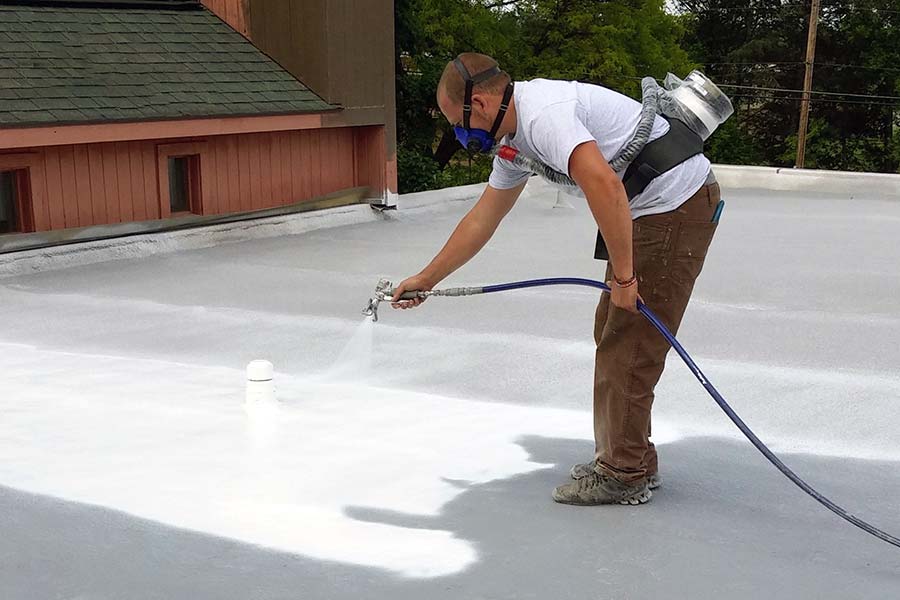What Are Textured Walls? – Different Types of Textured Walls

Martin Vecchio; Design by Cloth + Kind
If you’ve ever pondered ways to transform a blank wall in your interior, you’ve likely thought of everything from choosing a bold paint color to installing a graphic wallpaper. You might have even considered showcasing artwork, adding visual interest with a cabinet, or hanging an eye-catching mirror. But there’s another designer-approved option to add character and personality to your space: textured walls.
A favorite of top interior designers, upgrading a flat wall with texture can instantly enhance a room and help mask any signs of wear and tear. “Paint goes a long way, but it is nothing like adding a layer to wall, whether textured paint, wallpaper, or fabric,” says Tami Ramsay of Cloth & Kind. “It literally changes the way the mind reads and experiences the room.”
One of the best approaches to add texture to a wall is with a sanded paint, available at many local home improvement and hardware retailers. These special paints are already formulated with sand, enabling you to add a rough texture to the wall. On the other hand, you can purchase a sand texture additive—with different particle sizes ranging from fine to coarse—that can be mixed with website design jacksonville FL any paint. It can even be used to repair cracks in a wall. “It’s a way to deal with walls that are in bad condition, that already have imperfections,” says Ramsay.
But beyond sand paint, there are other textured wall techniques that Ramsay believes can elevate a design scheme. “Textured wall treatments abound, but you can’t go wrong with a well-done lime wash, or a trowel plaster treatment,” she says.
A lime wash paint, which can be intimidating to many people, is surprisingly a low-maintenance formula that’s available for both interiors and exteriors. The environmentally-friendly option creates a chalky effect that gains visual appeal over time. It’s created from powdered limestone that has been altered with the use of heat and water.
While lime washing can be seen in U.S. structures, it’s fairly common in Greek residences and Italian properties. Besides its decorative benefits, there’s one other factor to consider when it comes to lime wash treatments. As its name suggests, if you ever have a change of heart about the look, it can simply be washed off. However, keep in mind that lime wash formulas are typically earth tones, like brown, taupe, or gray, so it’s not the best option for a homeowner who desires more of a statement look.
Plaster treatments, on the other hand, are more labor intensive. This treatment calls for using a trowel—a metal handheld tool—to add texture to plaster. One popular technique is called skip trowel, where the trowel is “skipped” across plaster on the wall or moved in a fashion that results in random strokes on the surface. Since plaster is much different than working with paint, it’s best to leave this option to a skilled professional. It can become quite messy rather quickly, so a drop cloth is essential for making clean-up a breeze. And if you ever change your mind and decide to revert to a smooth wall, know that the process is tedious and can take hours. You’ll need to trust a professional to handle the smoothing process with the use of troweled plaster or spackling paste.
But don’t fret if none of these wall treatments are up your alley, as wallpaper is another failsafe choice that can give your home a high-design feel. Many leading designers appreciate the way upholstered walls pull a room together and their ability to make a design scheme feel more welcoming. Common wall coverings are made of materials like linen, grasscloth, wool, and even silk.
One of Ramsay’s favorite textured wallpaper brands? “There are some incredible textured wallpapers being produced by Phillip Jeffries right now that are gorgeous!” she says. “Walking into a room that has fabric walls is like walking into a cocoon—there is nothing cozier.” There is one important factor to contemplate, though. Much like upholstered furniture, fabric walls can collect dust, so they require vacuuming from time to time.
Whether you choose a statement fabric for your walls, sand paint, lime washing, or a plaster treatment, your home should be a reflection of your aesthetic—a tasteful space that’s a joy to live in.








